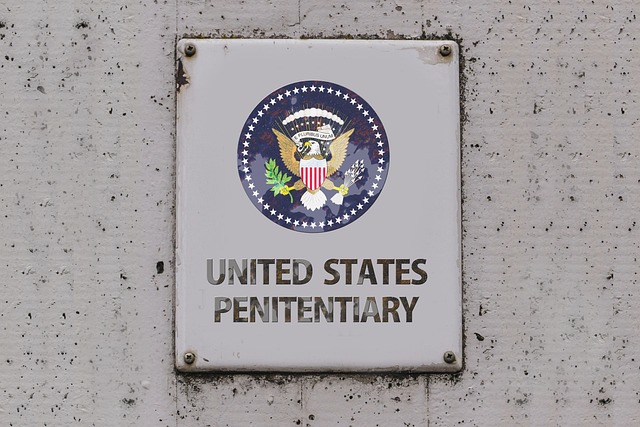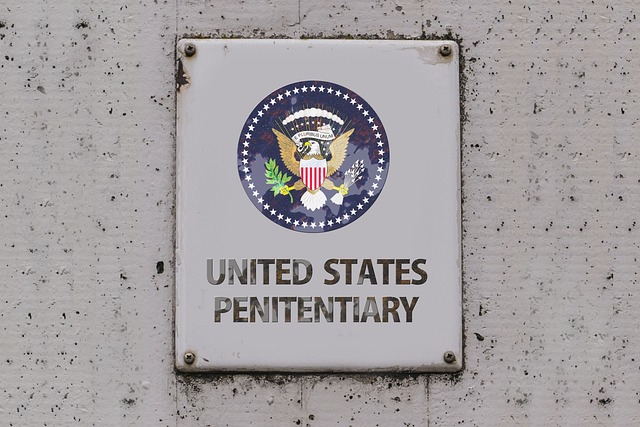TL;DR:
Millennial DUI Awareness Campaigns face challenges in engaging this digital-age demographic. BAL testing, a scientific method measuring BAC through exhaled VOCs, offers accurate, non-invasive results crucial for tailored interventions. Campaign success relies on combining advanced technology, like BAL devices, with strategic innovations: interactive educational materials, real-life stories, influencer partnerships, and continuous training for administrators to effectively reach and educate Millennials about safer alcohol consumption.
In the pursuit of safe driving, Millennial DUI Awareness Campaigns play a pivotal role. However, achieving accurate results with BAL (Breath Alcohol Level) testing is not without challenges. This article delves into the science behind BAL testing, explores common obstacles in ensuring precise readings for Millennials, and offers strategic solutions to enhance both accuracy and effectiveness in these crucial campaigns. Understanding these factors is essential for fostering responsible driving behaviors among younger populations.
- Understanding BAL Testing: The Science Behind It
- Challenges in Ensuring Accurate Results for Millennial DUI Campaigns
- Strategies to Enhance Accuracy and Effectiveness in DUI Awareness Programs Targeting Millennials
Understanding BAL Testing: The Science Behind It

BAL testing, or Breath Alcohol Testing, is a scientific process used to measure an individual’s blood alcohol concentration (BAC). This method plays a crucial role in law enforcement and safety initiatives, particularly in Millennial DUI Awareness Campaigns. The technology behind BAL testing involves analyzing the volatile organic compounds (VOCs) exhaled during respiration. These VOCs are directly correlated with alcohol consumption, making breath analysis a reliable indicator of BAC.
The science is based on the fact that alcohol metabolism produces specific chemical byproducts that are present in the breath. By utilizing sensitive instruments, BAL devices detect and quantify these VOCs, providing an accurate and non-invasive way to assess intoxication levels. This technology has been refined over time, ensuring faster and more precise results compared to traditional blood testing methods.
Challenges in Ensuring Accurate Results for Millennial DUI Campaigns

Ensuring accurate results in Millennial DUI Awareness Campaigns presents unique challenges. One significant hurdle is reaching and engaging this demographic effectively. Millennials, born between 1981 and 1996, have grown up in a digital age, which can influence their interaction with traditional campaign materials. They may be more responsive to online resources, social media initiatives, and interactive tools rather than static posters or brochures. This shift in consumption habits requires campaign organizers to adapt their strategies, utilizing digital platforms and innovative methods to deliver key safety messages.
Another challenge lies in the evolving nature of drinking culture and attitudes among Millennials. This generation is often characterized by a more nuanced relationship with alcohol, with varying preferences and behaviors compared to previous generations. As such, traditional approaches to DUI prevention might not resonate as strongly. Campaign creators must stay current with social trends, understand Millennial values, and tailor messages that speak directly to their concerns and experiences. By doing so, they can foster genuine engagement and encourage safer decisions regarding alcohol consumption.
Strategies to Enhance Accuracy and Effectiveness in DUI Awareness Programs Targeting Millennials

In the realm of Millennial DUI Awareness Campaigns, enhancing accuracy and effectiveness is paramount. One strategic approach involves leveraging cutting-edge technology, such as advanced BAL testing devices that offer precise results. By investing in state-of-the-art equipment, programs can ensure data integrity, which is crucial for tailoring interventions to real-world needs. Additionally, continuous training for program administrators and educators is essential to maintain consistent messaging and best practices, thereby boosting the overall impact of these campaigns.
Another effective strategy is incorporating interactive and engaging educational materials that resonate with millennials. This generation responds well to dynamic content, including multimedia presentations, social media campaigns, and peer-to-peer discussions. Personalized stories of real-life experiences can make abstract concepts tangible, fostering a deeper understanding of the risks associated with impaired driving. Moreover, leveraging partnerships with influencers or community leaders who are respected within millennial circles can amplify the reach and credibility of these awareness programs.
In conclusion, achieving accurate results in BAL testing is paramount for effective Millennial DUI Awareness Campaigns. By understanding the science behind BAL testing and addressing challenges, we can implement strategies to enhance accuracy and overall program effectiveness. This ensures that educational efforts reach their intended audience, promoting safer driving behaviors among Millennials.






